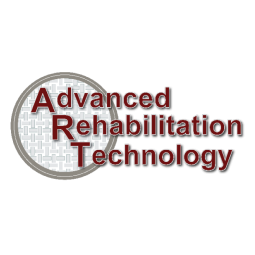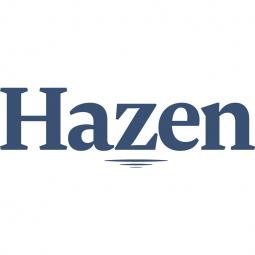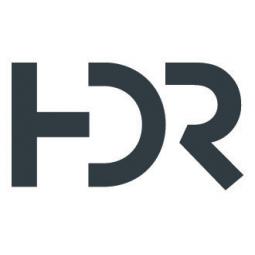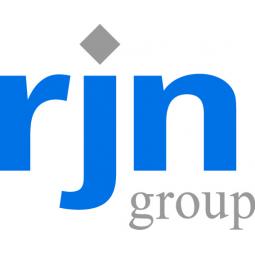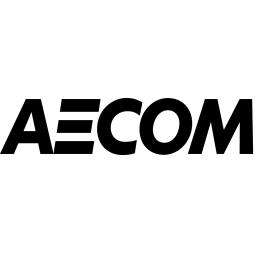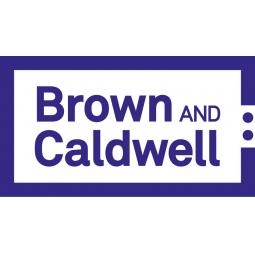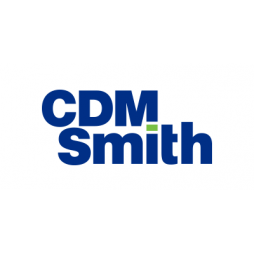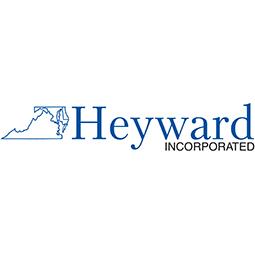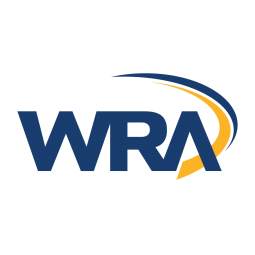- Career Center - Employment Positions
- Career Center - Form for Job Posting
- Technical Webinars
- Members Area
- Bylaws
- Chesapeake WEA Reference Guide
- Board Meeting Minutes
- NOMINATIONS INFO
- Links
- Chesapeake WEA Travel Policy
- AWARDS
- AWARDS
- WEF MA Awards
- WEF Bedell Awards for Chesapeake WEA
- WEF Burke Awards for Chesapeake WEA
- WEF Hatfield Awards for Chesapeake WEA
- WEF Lab Analyst Excellence Award - Chesapeake WEA
- Golden Manhole Award Recipients
- Rising Star Award
- Golden Raindrop Award
- President's Award
- 5S - The Select Society of Sludge Shovelers
Members Sign In

